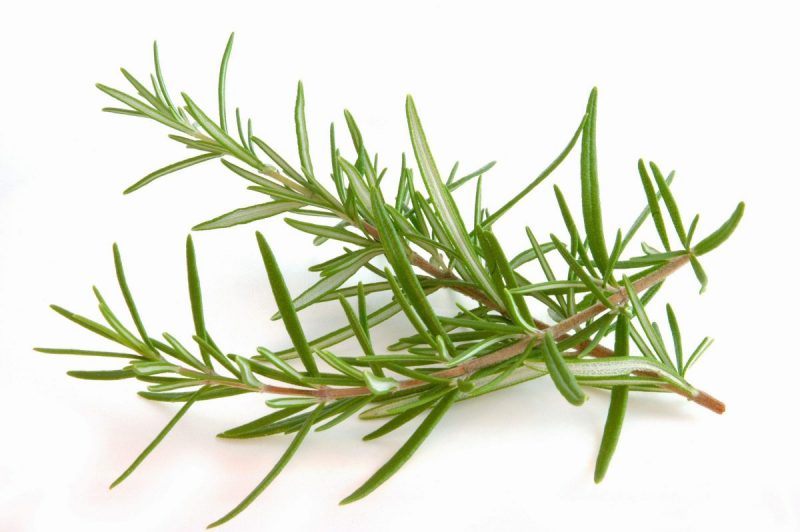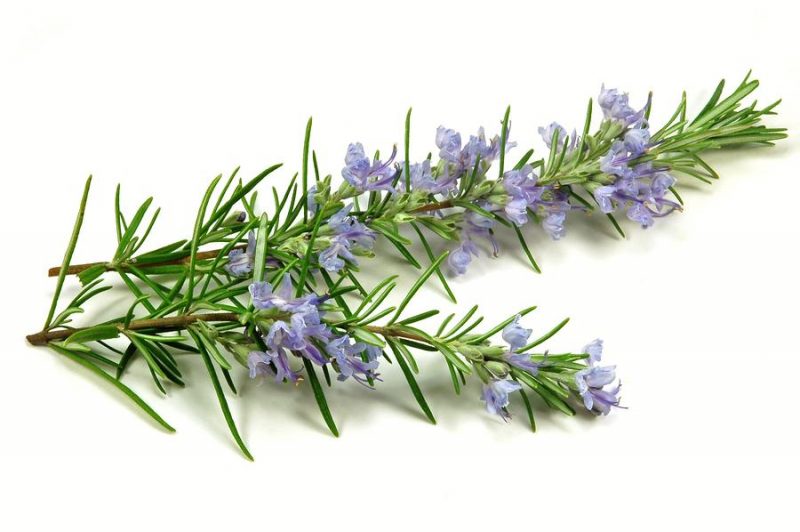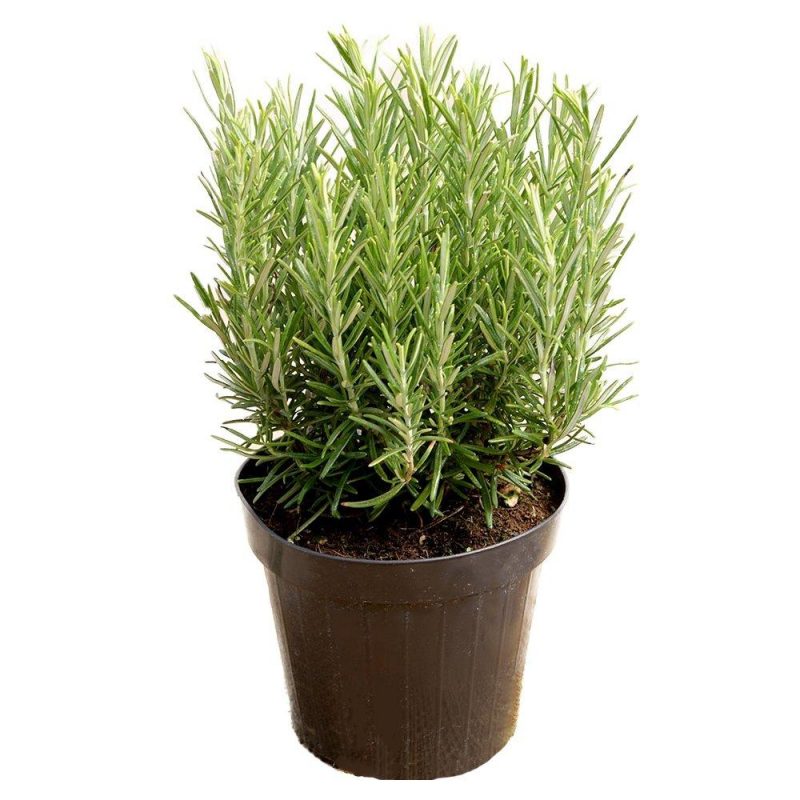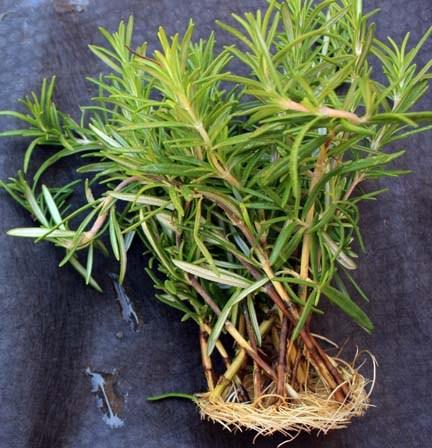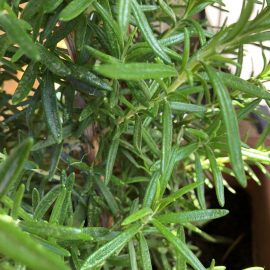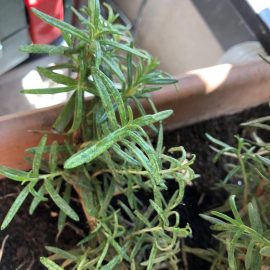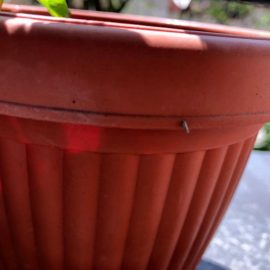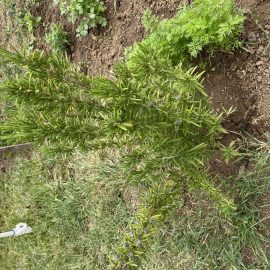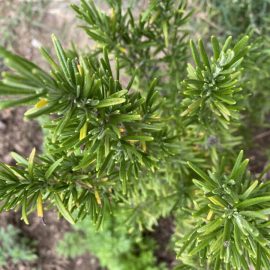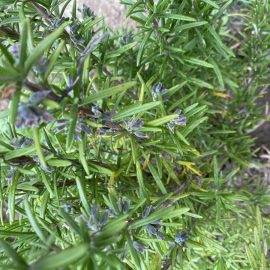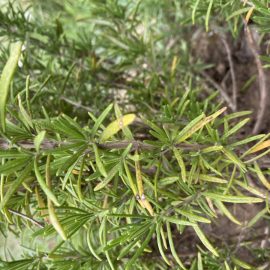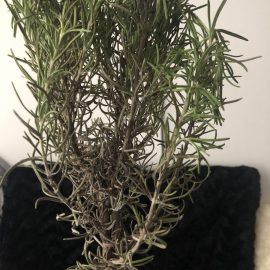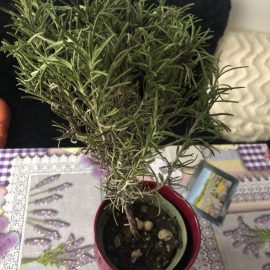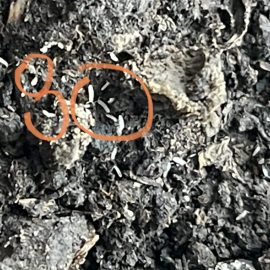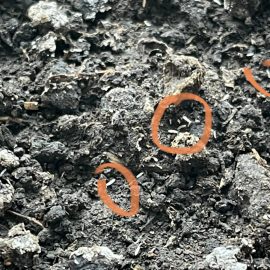Rosemary – planting, growing and harvesting
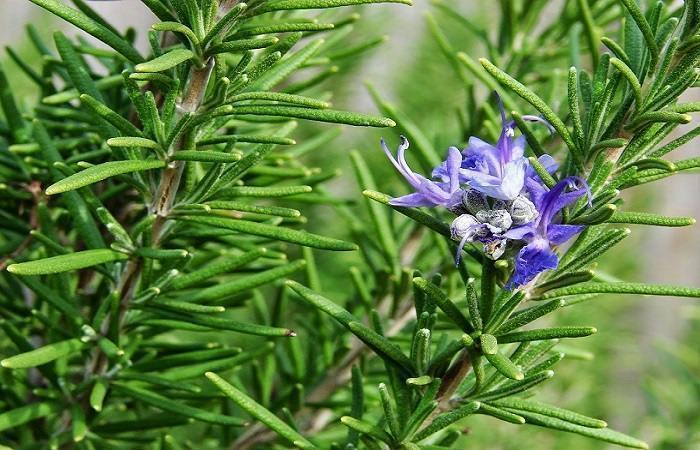
Rosemary (Rosmarinus officinalis) is a perennial plant, found spontaneously in the countries of the Mediterranean region and much appreciated, both as an ornamental plant and as a spice and medicine.
The parts of the plant that are commonly used are the annual shoots and leaves, used in flavoring various meat, salads, vegetables.
As a medicinal plant, rosemary is prized for its content in phenolic antioxidants, acids, and many essential volatile oils, with anti-inflammatory, anti-allergic, antifungal, and antiseptic properties.
Rosemary is used in landscaping in Mediterranean gardens, either as a solitary plant or with other aromatic species. It is successfully cultivated as a potted plant, if placed in sunny places, on the terrace.
The high content of aromatic substances makes this plant to be used in the cosmetics and perfumery industry.
Botanical characteristics
From a botanical point of view, rosemary is a subshrub that can reach a height of about 150 cm. It has linear, persistent leaves, caught on rough shoots. The small, light blue flowers are attractive for insects, and rosemary is also considered a melliferous plant.
Environmental requirements
Rosemary prefers clayey-sandy, fertile and well-drained soils, being more sensitive to excessive soil moisture. Instead, it can withstand drought well and it grows well on soils with a pH of 6-7. If drainage needs to be improved, manure or compost, as well as sand, can be added when preparing the soil. Thus, the air circulation at ground level will be improved.
The Mediterranean origin makes this plant pretentious to light. Places that benefit from direct sunlight for several hours a day are ideal for rosemary planting.
Cultivation
The plants can be purchased from specialized stores or can be obtained from rooted cuttings. Seeds can also be used to obtain new plants, but seed propagation does not ensure the faithful transmission of the mother plant characteristics and the young seedlings need a longer time to grow and adapt to environmental conditions.
Rosemary can be planted starting in spring, after there is no risk of frost, until summer. It is recommended to use potted plants, hardened, which can withstand transplanting at any time during the mentioned period, provided they acclimatized. However, in order to have enough time for rooting and proper preparation for winter, spring planting is best.
If planted in the garden, planting distances of 50-70 cm between rows and 30-40 cm between plants per row can be used. Pot planting offers the advantage of placing the pots in the desired places and the possibility of overwintering indoors.
Recommended products
-
You can find products on a different store
Change Store -
You can find products on a different store
Change Store -
You can find products on a different store
Change Store -
You can find products on a different store
Change Store -
You can find products on a different store
Change Store -
You can find products on a different store
Change Store -
You can find products on a different store
Change Store -
You can find products on a different store
Change Store -
You can find products on a different store
Change Store -
You can find products on a different store
Change Store -
You can find products on a different store
Change Store -
You can find products on a different store
Change Store -
You can find products on a different store
Change Store -
You can find products on a different store
Change Store -
You can find products on a different store
Change Store -
You can find products on a different store
Change Store -
You can find products on a different store
Change Store -
You can find products on a different store
Change Store -
You can find products on a different store
Change Store -
You can find products on a different store
Change Store -
You can find products on a different store
Change Store -
You can find products on a different store
Change Store -
You can find products on a different store
Change Store -
You can find products on a different store
Change Store
Care
The care works of this plant are minimal, being a rather unpretentious species. Watering the plants should be done when the soil is dry on the surface, the rosemary being more sensitive to excessive water than to its deficit. For good growth and development, it is possible to fertilize the roots in spring and summer with a balanced fertilizer, as well as with a foliar one, during the vegetative growth period. In winter it should not be fertilized and it has to be watered only if necessary, on warmer days. The plants must be kept free of weeds.
Recommended products
-
You can find products on a different store
Change Store -
You can find products on a different store
Change Store -
You can find products on a different store
Change Store -
You can find products on a different store
Change Store -
You can find products on a different store
Change Store -
You can find products on a different store
Change Store -
You can find products on a different store
Change Store -
You can find products on a different store
Change Store -
You can find products on a different store
Change Store -
You can find products on a different store
Change Store -
You can find products on a different store
Change Store -
You can find products on a different store
Change Store -
You can find products on a different store
Change Store -
You can find products on a different store
Change Store -
You can find products on a different store
Change Store -
You can find products on a different store
Change Store -
You can find products on a different store
Change Store -
You can find products on a different store
Change Store -
You can find products on a different store
Change Store -
You can find products on a different store
Change Store -
You can find products on a different store
Change Store -
You can find products on a different store
Change Store -
You can find products on a different store
Change Store -
You can find products on a different store
Change Store
Pruning the subshrub consists of removing the dry portions in spring, as well as shortening the shoots by a third of their length, to stimulate the formation of new shoots. Pruning should be repeated in summer, after flowering. Also, shoot shortening can be done at the same time as the harvest.
Recommended products
-
You can find products on a different store
Change Store -
You can find products on a different store
Change Store -
You can find products on a different store
Change Store -
You can find products on a different store
Change Store -
You can find products on a different store
Change Store -
You can find products on a different store
Change Store -
You can find products on a different store
Change Store -
You can find products on a different store
Change Store -
You can find products on a different store
Change Store -
You can find products on a different store
Change Store -
You can find products on a different store
Change Store -
You can find products on a different store
Change Store -
You can find products on a different store
Change Store -
You can find products on a different store
Change Store -
You can find products on a different store
Change Store -
You can find products on a different store
Change Store -
You can find products on a different store
Change Store -
You can find products on a different store
Change Store -
You can find products on a different store
Change Store -
You can find products on a different store
Change Store -
You can find products on a different store
Change Store -
You can find products on a different store
Change Store -
You can find products on a different store
Change Store -
You can find products on a different store
Change Store
Applying a layer of mulch made up of leaves or bark can be used to maintain humidity and protect the roots from low winter temperatures.
Propagation through cuttings
This type of propagation can be done with annual cuttings, harvested in spring from mature plants. The leaves have to be removed from the base of the cutting and the basal part should be inserted in rooting hormones, after which it must be planted in a well-drained substrate. During rooting, keep the air humidity high in the area, either by repeated spraying or by covering with plastic wrap. Rooted cuttings should be placed in an area away from direct sunlight. When new growths are observed, the covering should be removed, if it was used.
Recommended products
-
You can find products on a different store
Change Store -
You can find products on a different store
Change Store -
You can find products on a different store
Change Store -
You can find products on a different store
Change Store -
You can find products on a different store
Change Store -
You can find products on a different store
Change Store -
You can find products on a different store
Change Store -
You can find products on a different store
Change Store -
You can find products on a different store
Change Store -
You can find products on a different store
Change Store -
You can find products on a different store
Change Store -
You can find products on a different store
Change Store -
You can find products on a different store
Change Store -
You can find products on a different store
Change Store -
You can find products on a different store
Change Store -
You can find products on a different store
Change Store -
You can find products on a different store
Change Store -
You can find products on a different store
Change Store -
You can find products on a different store
Change Store -
You can find products on a different store
Change Store -
You can find products on a different store
Change Store -
You can find products on a different store
Change Store -
You can find products on a different store
Change Store -
You can find products on a different store
Change Store
In the case of long shoots, it is possible to use the propagation through layering, by bending the shoot to the ground and fixing a portion of the stem in the soil. A clamp can be used to keep the stem in contact with the ground. Roots will form on the buried portion and then the stem has to be cut from below the rooted portion, thus obtaining a new plant, ready for transplanting.
Rosemary – dormancy period
Depending on the temperature in the area and the microclimate of the garden, rosemary can withstand the winter, if it is protected from the snow with the help of covering materials (leaves, branches, agriculture foil, etc.). In the first years, when the plants are smaller, it is recommended to move them during the winter to cool, frost-free places, where they can benefit from enough light. It should be taken into account that the plants must benefit from water during this period, in order to prevent dehydration and drying, especially if the cold season is dry and the temperatures are higher than normal. Excessive watering must also be avoided.
Harvesting and storage
Shoots and leaves can be harvested any time, provided that no more than one-third of the length of the shoot is cut, in order to allow the plant to recover.
For long-term use, the leaves and shoots can be dried and stored in containers in cool places.
A common problem is the drying of the plant after moving it inside the house, when the cold season comes, due to the lack of acclimatization. A few weeks before bringing the plant indoors, it should be gradually moved to places with more shade to get it used to a lower amount of light. The transition from outside temperatures to those inside the house should also be done gradually. After moving it indoors, make sure to place the plant in a bright place.
Diseases and pests
Rosemary can be attacked mainly by whiteflies, mites, and aphids, which cause the leaves to dry out. In conditions of high humidity and lack of ventilation, fungal diseases such as powdery mildew, rot, etc. can occur.














































































































































































































































































































































































































































